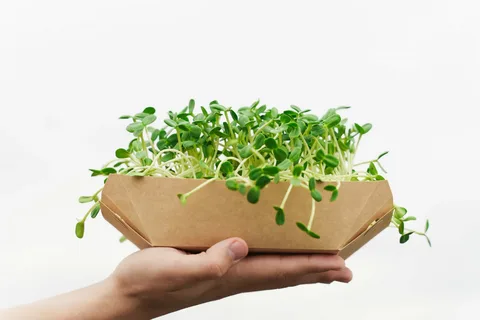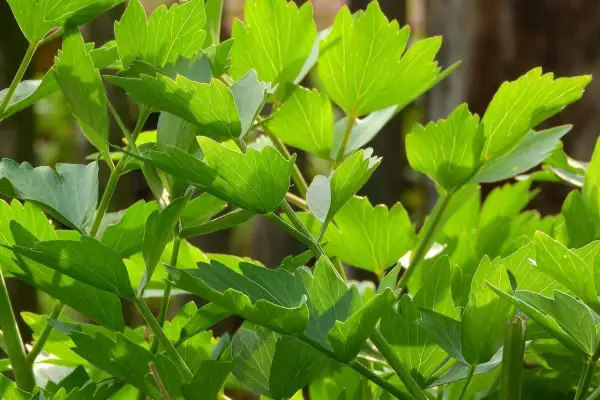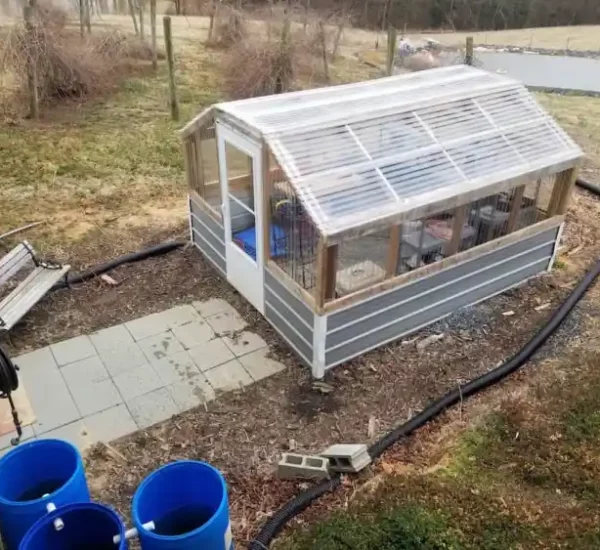Microgreens are nutrient-packed miniature versions of leafy greens and herbs that have gained popularity for their intense flavors and health benefits. However, growing microgreens successfully requires careful attention to detail and avoiding common mistakes that can hinder their growth. In this expert guide, we’ll explore 10 microgreen mistakes you need to avoid to ensure a bountiful and healthy harvest.

Overwatering
Overwatering is one of the most common mistakes when growing microgreens. Excess moisture can lead to root rot, mold, and fungal diseases. Instead, water microgreens sparingly, ensuring the soil is evenly moist but not waterlogged.
Poor Drainage
Inadequate drainage can also contribute to waterlogged soil and root rot. Use well-draining growing medium and containers with drainage holes to prevent water from accumulating around the roots of microgreens.
Insufficient Light
Microgreens require adequate light to photosynthesize and grow properly. Place them in a location with indirect sunlight or use grow lights to provide the necessary light intensity. Avoid placing microgreens in direct sunlight, as it can cause them to wilt or scorch.
Crowded Growing Conditions
Planting microgreens too densely can result in overcrowding, competition for resources, and poor airflow, leading to stunted growth and increased susceptibility to pests and diseases. Sow seeds thinly and evenly to allow room for each plant to thrive.
Incorrect Temperature
Microgreens prefer moderate temperatures between 60-75°F (15-24°C) for optimal growth. Avoid exposing them to extreme heat or cold, as it can stress the plants and affect their development. Use a thermometer to monitor the temperature in your growing area.
Using Contaminated Seeds or Soil
Contaminated seeds or soil can introduce pathogens and pests into your microgreen growing environment, leading to poor growth and crop failure. Purchase high-quality seeds from reputable suppliers and sterilize soil or growing medium before planting.
Neglecting Air Circulation
Good airflow is essential for preventing mold and fungal diseases in microgreens. Use a fan to provide gentle air circulation around the plants, especially in humid environments. Avoid overcrowding trays or containers to allow for adequate airflow.
Skipping Thinning and Harvesting
Thinning seedlings and harvesting microgreens at the correct time are crucial for promoting healthy growth and maximizing yields. Thin seedlings to the desired spacing once they have developed their first true leaves, and harvest microgreens when they reach the optimal size for their variety.
Ignoring Pest Control
Pests such as aphids, fungus gnats, and spider mites can wreak havoc on microgreen crops if left unchecked. Monitor plants regularly for signs of pest infestation and take proactive measures such as introducing beneficial insects or using organic pesticides to control pests.
Overfertilizing
Excessive fertilizer can burn the delicate roots of microgreens and disrupt their nutrient balance, leading to stunted growth or nutrient deficiencies. Use a balanced, diluted fertilizer or organic compost to provide nutrients sparingly, following recommended dosage guidelines.
What are microgreens, and why are they popular?
Microgreens are young, edible plants harvested at the cotyledon or first true leaf stage. They are prized for their intense flavors, vibrant colors, and high nutrient content, making them popular additions to salads, sandwiches, and garnishes.
What are some common mistakes when growing microgreens?
Common mistakes when growing microgreens include overwatering, poor drainage, insufficient light, overcrowding, incorrect temperature, using contaminated seeds or soil, neglecting air circulation, skipping thinning and harvesting, ignoring pest control, and overfertilizing.
How can I avoid overwatering my microgreens?
To avoid overwatering, water microgreens sparingly, ensuring the soil is evenly moist but not waterlogged. Use well-draining growing medium and containers with drainage holes to prevent excess moisture buildup.
What is the best lighting setup for growing microgreens indoors?
The best lighting setup for growing microgreens indoors includes using grow lights to provide the necessary light intensity. Place microgreens in a location with indirect sunlight or use full-spectrum LED grow lights for optimal growth.
Why is thinning seedlings and harvesting microgreens important?
Thinning seedlings and harvesting microgreens at the correct time are crucial for promoting healthy growth and maximizing yields. Thinning seedlings prevents overcrowding and competition for resources, while harvesting ensures peak flavor and nutrient content.
How can I prevent pests from damaging my microgreens? To
prevent pests such as aphids, fungus gnats, and spider mites, monitor plants regularly for signs of infestation and take proactive measures such as introducing beneficial insects or using organic pesticides. Maintain good airflow and avoid overcrowding trays to discourage pest buildup.
What should I do if my microgreens are wilting or yellowing? If your
microgreens are wilting or yellowing, it may indicate overwatering, nutrient deficiencies, or pest infestations. Check the soil moisture levels, adjust watering frequency, and inspect plants for signs of pests or nutrient deficiencies. Address any issues promptly to prevent further damage.
Can I reuse soil or growing medium for successive microgreen crops?
Reusing soil or growing medium for successive microgreen crops is not recommended, as it may harbor pathogens and pests that can affect the health of new plantings. Instead, discard used soil or compost it properly and use fresh, sterile medium for each crop.
How long does it take for microgreens to grow from seed to harvest?
The time it takes for microgreens to grow from seed to harvest depends on the variety and growing conditions. In general, most microgreens can be harvested 7-21 days after sowing, once they have developed their first true leaves.
What are some signs that my microgreens are ready to harvest?
Signs that microgreens are ready to harvest include the development of their first true leaves, vibrant coloration, and robust growth. Microgreens should be harvested when they reach the optimal size for their variety, typically 1-3 inches tall, for the best flavor and texture.
- 6 Best Hand Garden Pruners - July 19, 2024
- Greenhouse Growing for Beginners: How I Started - July 18, 2024
- 30 Great Zone 5 Plants to Grow - July 17, 2024




